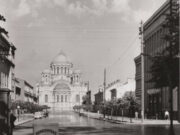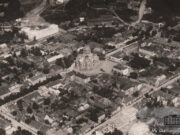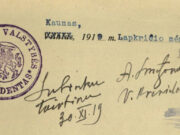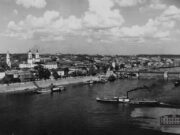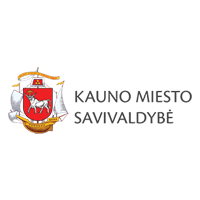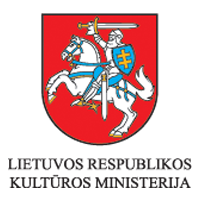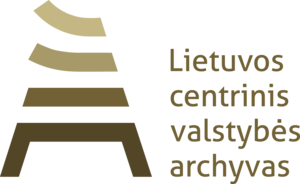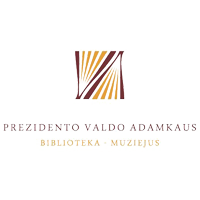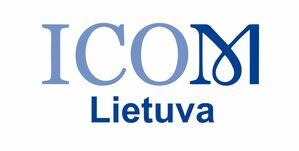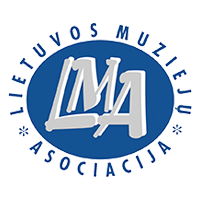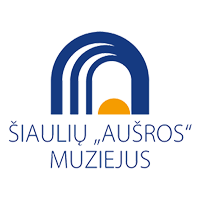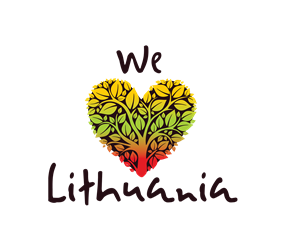Kaunas – the provisional capital
Because of territorial conflicts with neighboring states, Lithuania lost Vilnius, and faced with the threat of occupation, the institutions of the young administration moved to Kaunas. Here the work of the Lithuania’s twentieth century parliaments began; here the institution of the President of the Lithuanian Republic transformed itself. The year 1926 constituted the watershed between parliamentarism and authoritarian rule in Kaunas. The transfer of the capital stimulated the development of the city of Kaunas. The Lithuanian government worked here, the ministries, the various institutions of state administration. Foreign diplomatic representatives lived here.
Kaunas became the state‘s political, administrative, and cultural center. Social and intellectual life intensified. In place of the amateur cultural structures of the XIX and XX centuries, there grew professional theaters, orchestras, museums. Book and periodical publishing grew. Writers, musicians, theater people, artist and others expressed their talents. The Lithuanian language achieved the status of a state language. The university was established, the state theater, the War Museum, Lithuanian art museums opened – the gallery of M. K. Čiurlionis’s works. Over time there arose the most important symbolic monuments that mobilized Lithuanian society.
The urban face of the city of Kaunas also changed, city planning changed, broadening city communication and integrating the suburban residence areas. Modern architecture in the Bauhaus style brought Kaunas closer to western types of cities.
To be sure, throughout all the years of independent Lithuania, the image of Polish-occupied Vilnius as Lithuania’s capital constituted both the promised land and also the ideological thought that best mobilized the society of that time. Although the political and cultural life of Lithuania concentrated more and more in Kaunas, nevertheless through the entire period no one forgot the provisional character of this capital. With the change in the geopolitical situation in 1939 Vilnius again became Lithuania‘s capital.
But Kaunas’s role as the capital, as the expression of urban culture, and finally of independence, remained a live symbol in the thinking of Lithuanian residents during the Soviet period.
The development of Kaunas as Lithuania’s Provisional Capital:
At the beginning of January in 1919 the Lithuanian government moved from Vilnius to Kaunas. Kaunas became Lithuania’s provisional capital
At the end of 1921 the Constituent Assembly accepted the law creating the M. K. Čiurlionis gallery – one of Lithuania’s first juridical acts concerning culture
- At the beginning of January in 1919 the Lithuanian government moved from Vilnius to Kaunas. Kaunas became Lithuania’s provisional capital
- At the end of 1921 the Constituent Assembly accepted the law creating the M. K. Čiurlionis gallery – one of Lithuania’s first juridical acts concerning culture
- 1922 – The University of Lithuania (after 1930 Vytautas Magnus) was established
- 1919 – Tadas Ivanauskas established the zoology museum
- 1921 – the War Museum was opened
- 1922 – the State Theater began its work
- 1923 – the Botanical Garden was founded in Kaunas
- 1924 – The first song festival was held in Kaunas. Other song festivals took place in 1928 and 1930
- 1925 – The Lithuanian art museum, the M. K. Čiurlionis picture gallery, began to work
- 1926 – Kaunas radio station began broadcasting
- July 1938 – the first Lithuanian National Olympiad
- May 1939 – the Kaunas Sports Hall opened, hosting the III European men‘s basketball championship. The Lithuanian men’s basketball team won the championship

